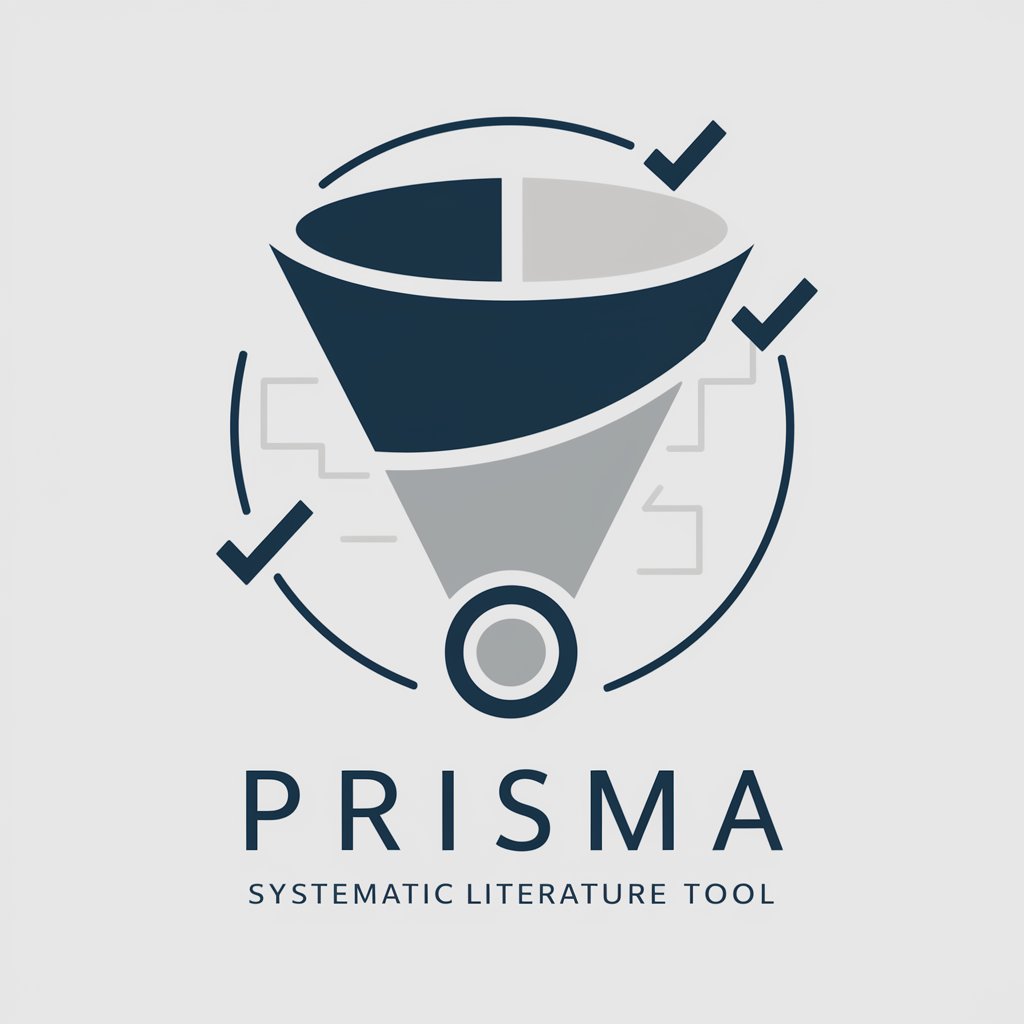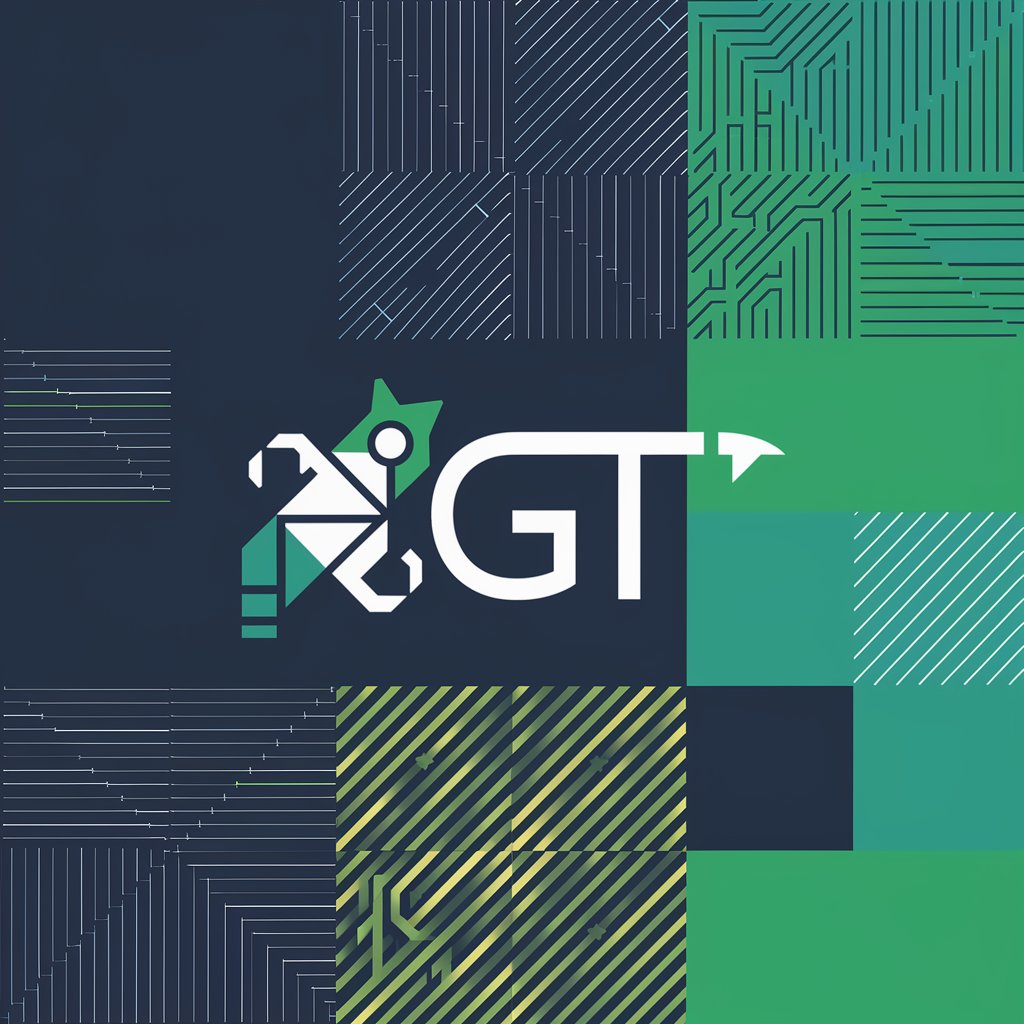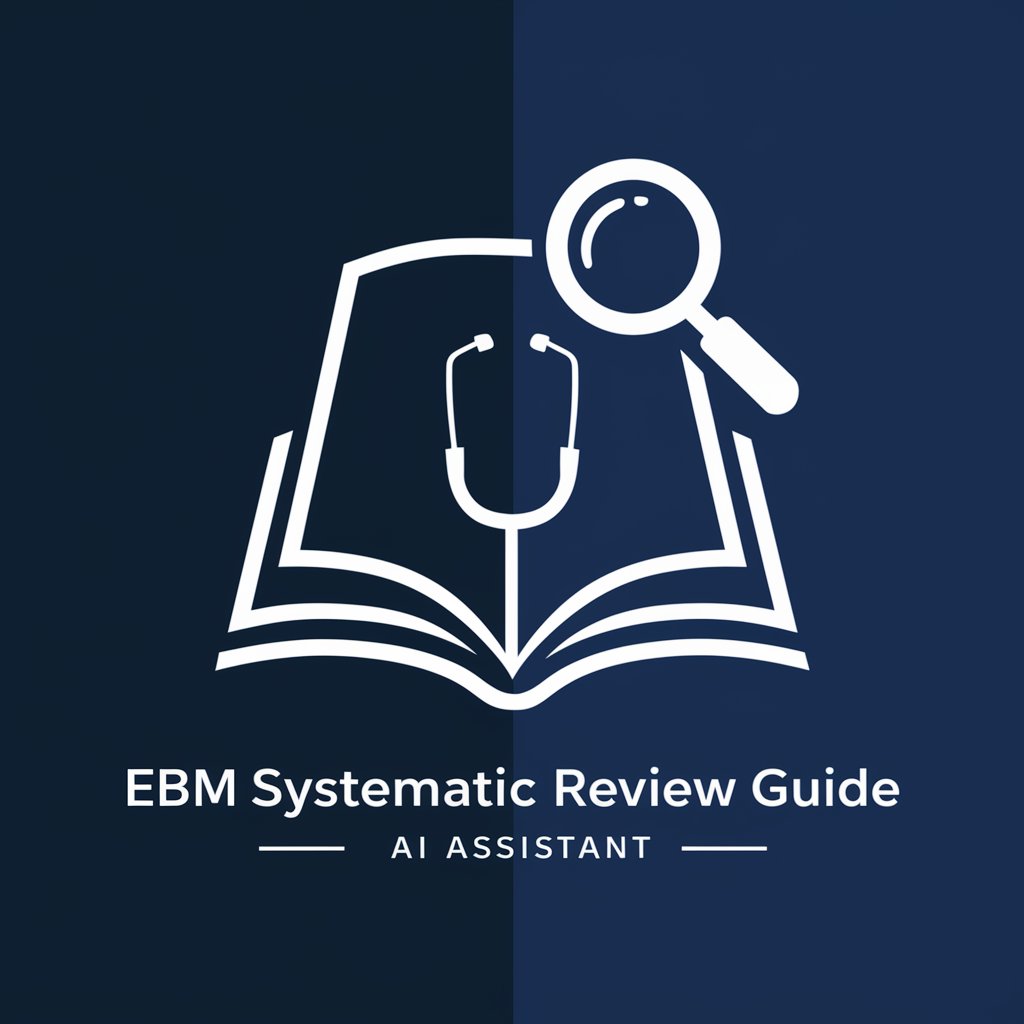
Systematic Literature Review using PRISMA method - PRISMA-Based Literature Review

Welcome! Let's streamline your systematic literature review.
Streamline Research with AI-Powered PRISMA Reviews
Formulate a research question that addresses...
Identify the keywords and search terms for...
Develop a focused search strategy using...
Organize and document the retrieved publications in...
Get Embed Code
Introduction to Systematic Literature Review Using PRISMA Method
The PRISMA (Preferred Reporting Items for Systematic Reviews and Meta-Analyses) method is a widely recognized protocol for conducting systematic literature reviews. It provides a structured approach to gathering, evaluating, and synthesizing research findings from various studies on a specific topic or research question. This method emphasizes transparency and reproducibility, requiring detailed documentation of the search strategy, inclusion and exclusion criteria, and the process of data extraction and analysis. For example, a researcher conducting a review on the effectiveness of telehealth interventions in managing chronic diseases would follow PRISMA guidelines to systematically search databases, select relevant studies, assess their quality, and summarize the evidence to draw conclusions about the intervention's effectiveness. Powered by ChatGPT-4o。

Main Functions of Systematic Literature Review Using PRISMA Method
Formulation of Research Question
Example
Determining the effectiveness of telehealth interventions in chronic disease management.
Scenario
A public health researcher defines a precise question to guide the review process, ensuring the search strategy retrieves relevant studies.
Execution of a Focused Search Strategy
Example
Using specific keywords and database filters to locate studies in Web of Science and Scopus.
Scenario
A researcher uses defined search terms related to 'telehealth' and 'chronic disease management' to identify pertinent articles, applying database-specific filters to refine the results.
Selection of Studies Based on Inclusion and Exclusion Criteria
Example
Including only randomized controlled trials published in the last five years.
Scenario
The researcher filters the search results to include studies that meet predefined criteria, ensuring the review focuses on high-quality, relevant evidence.
Data Extraction and Synthesis
Example
Compiling results on patient outcomes from selected studies into a comprehensive analysis.
Scenario
Using a standardized form, the researcher extracts data from each study, such as study design, population, and outcomes, to synthesize findings across the literature.
Assessment of Study Quality and Risk of Bias
Example
Evaluating the risk of bias in studies using the Cochrane Risk of Bias Tool.
Scenario
The researcher assesses the quality of included studies to identify potential biases that could affect the review's conclusions.
Ideal Users of Systematic Literature Review Using PRISMA Method Services
Academic Researchers
Individuals conducting scholarly research who require a rigorous, transparent method to review literature on a specific topic. They benefit from using PRISMA to ensure their review is reproducible and based on a comprehensive search strategy.
Healthcare Professionals
Clinicians and healthcare policymakers who need to base their practices or guidelines on the best available evidence. PRISMA helps them systematically review clinical research to inform their decisions.
Graduate and Postgraduate Students
Students undertaking thesis or dissertation projects that involve a literature review component. PRISMA provides a clear framework to conduct these reviews systematically, enhancing the quality and reliability of their academic work.
Policy Analysts
Individuals evaluating evidence to support policy development or revision. Using PRISMA, they can systematically gather and assess research findings relevant to policy questions, ensuring decisions are evidence-based.

Guidelines for Using the Systematic Literature Review with PRISMA Method
Initiate Your Review
Begin by visiting a platform offering comprehensive AI-driven literature review tools, such as yeschat.ai, where you can start a trial without the need for login credentials or a subscription to premium services.
Define Your Research Question
Clarify and refine your research question or hypothesis. This foundational step guides the scope and direction of your systematic review, ensuring the search strategy is effectively targeted.
Develop a Search Strategy
Craft a detailed search strategy using relevant keywords, subject headings, and database-specific syntax to retrieve articles from Web of Science and Scopus. Consider the inclusion and exclusion criteria to filter your search.
Screen and Select Studies
Utilize the PRISMA flow diagram to systematically screen titles and abstracts, then full texts, against your criteria. This step ensures only studies relevant to your research question are included.
Extract Data and Analyze
Extract key data from the included studies, assessing the quality and risk of bias. Synthesize findings to answer your research question, using statistical methods if applicable.
Try other advanced and practical GPTs
Generative Biology Assistant
Advancing Life Sciences with AI

Ortho.i® AI Orthodontics
Empowering Orthodontics with AI

Hiring and Recruiting Assistant
Simplify hiring with AI-driven insights

Customer Journey Map Assistant
Optimize customer journeys with AI insight

MBA Operations Management Specialist
Empowering Operations with AI Expertise

Genetics Genie
Unlocking the secrets of your genes.

LegalGPT - Especialista em Contratos BR
AI-powered Brazilian Contract Law Expertise

Grasshopper Tutor
Empowering Design with AI Insight

SD Prompt Writer
Crafting Your Imagination into Art Prompts

Travel Planner
Crafting Tailored Journeys with AI

Math Model
Empowering insights with AI-powered modeling

Viral GPT
Craft Viral Content with AI

Frequently Asked Questions About Systematic Literature Review Using PRISMA Method
What is the PRISMA method?
PRISMA stands for Preferred Reporting Items for Systematic Reviews and Meta-Analyses. It's a framework used to ensure the transparency and completeness of reporting in systematic reviews and meta-analyses, focusing on the methodological process and the reporting of review findings.
Why is a systematic review important?
Systematic reviews synthesize existing evidence on a given topic, allowing researchers to assess the collective weight of evidence, identify gaps in current research, and provide a more objective evaluation than individual studies.
Can I use the PRISMA method for qualitative studies?
Yes, while PRISMA is traditionally associated with quantitative research, it can be adapted for use in systematic reviews of qualitative studies to ensure a rigorous and transparent approach to literature synthesis.
How do I choose databases for my search?
Select databases relevant to your discipline, such as Web of Science and Scopus for a broad range of subjects. Consider also subject-specific databases to ensure comprehensive coverage of your topic.
What are common challenges in conducting a systematic review?
Challenges include developing a comprehensive search strategy, managing a large volume of studies, assessing the quality and risk of bias in studies, and synthesizing diverse findings. Planning, expertise, and appropriate tools can mitigate these challenges.





